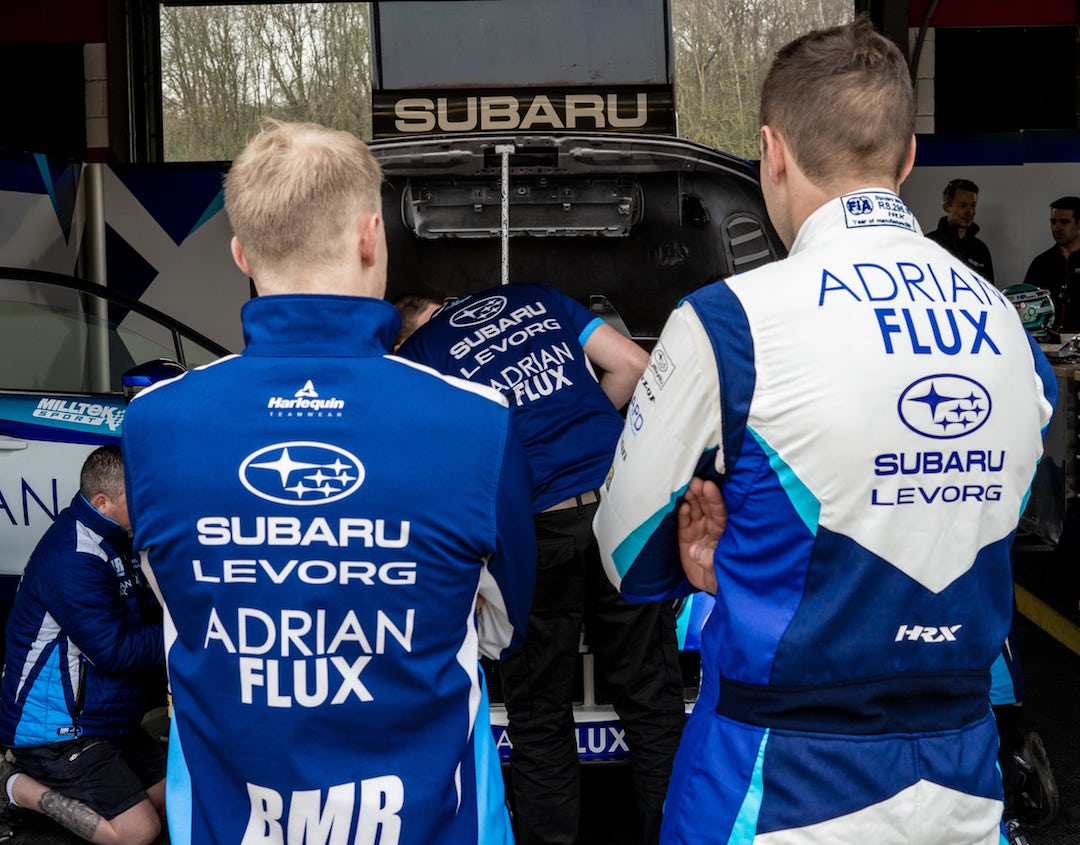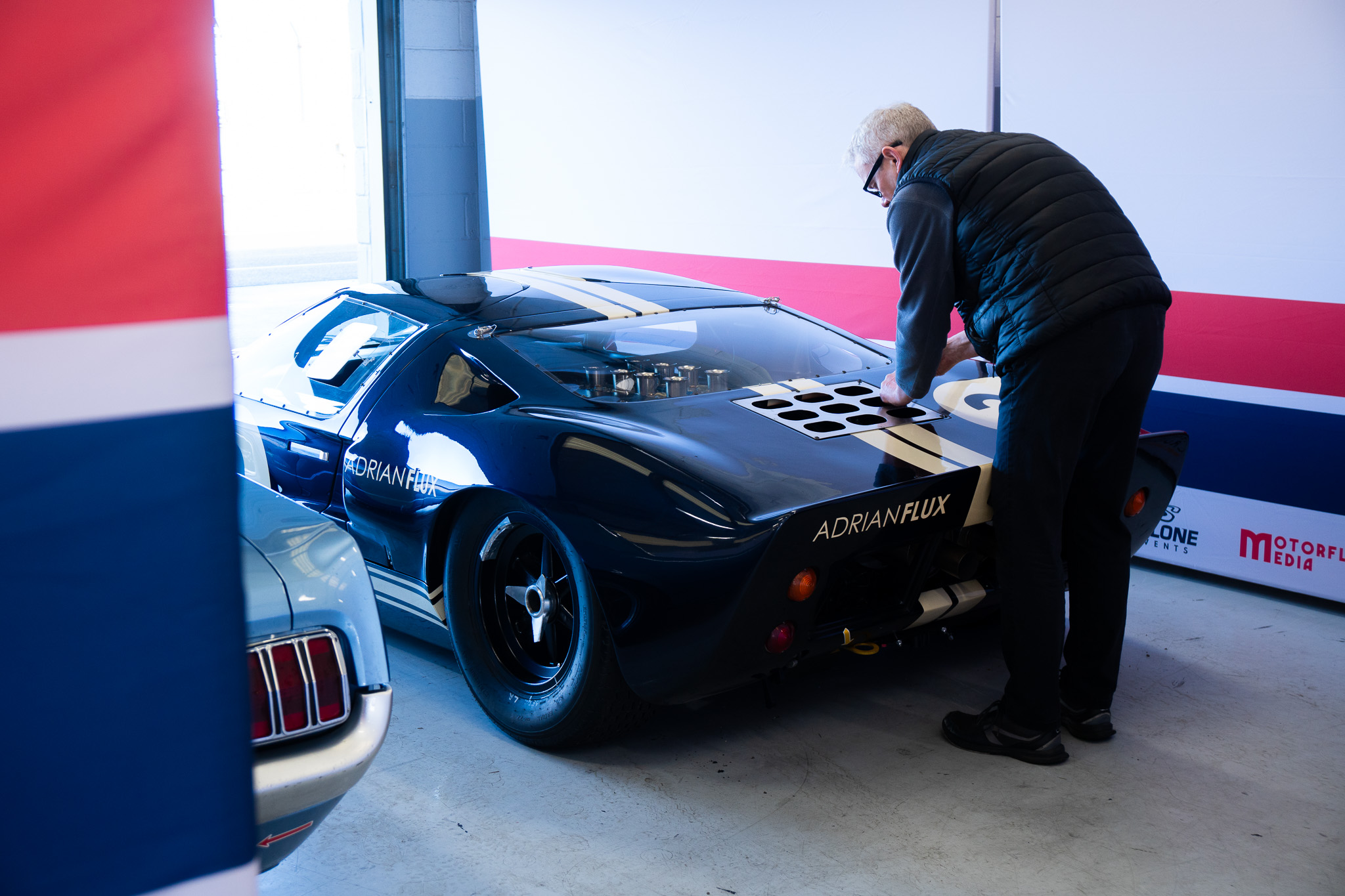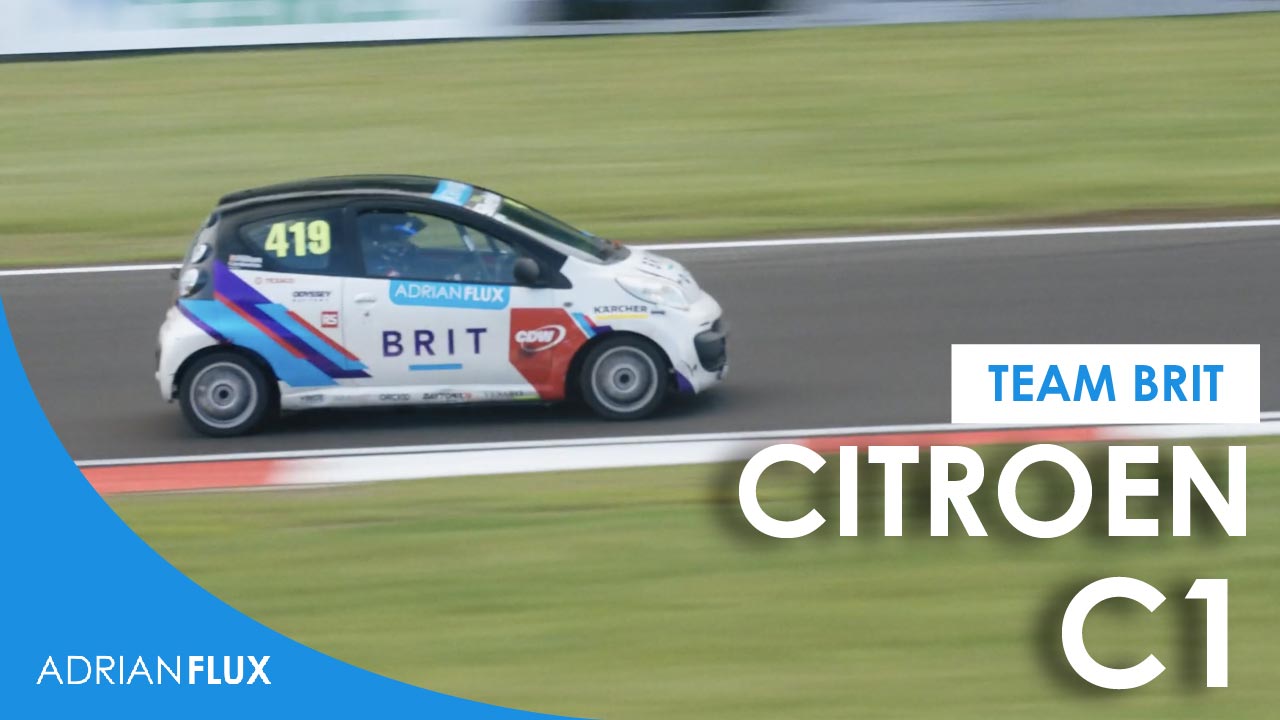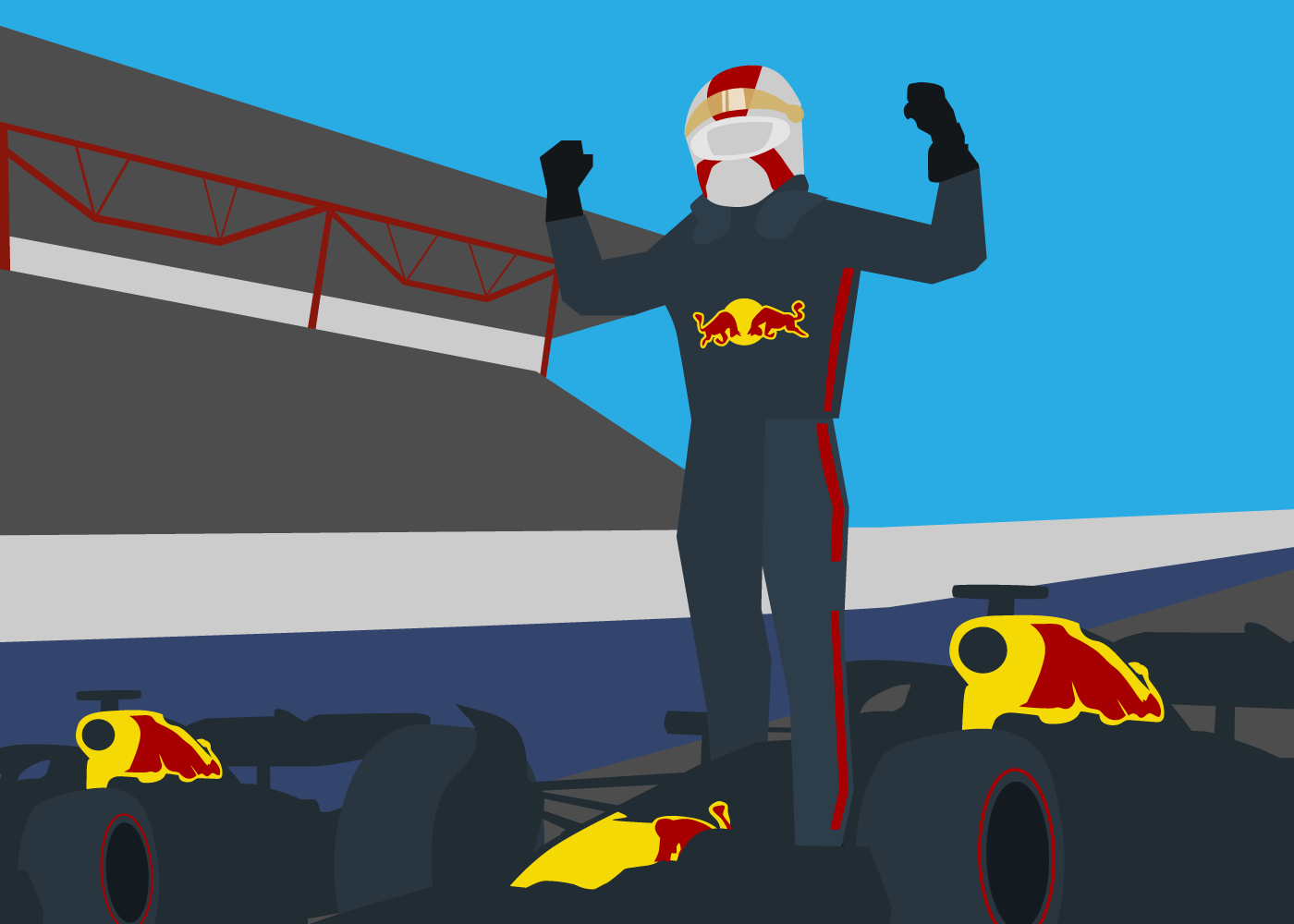BTCC has announced the company they’ve chosen to take their race cars into the next generation and it’s a familiar name to fans of motorsport – Cosworth Electronics.
The new BTCC rules and regulations are set to begin in 2022, not 2021 as some had speculated, and will last until 2026 with Cambridgeshire-based Cosworth Electronics responsible for the design, supply and servicing of the BTCC Hybrid System. BTCC says the contract was awarded to Cosworth Electronics after a successful round of tenders that met with the very challenging specifications – particularly those regarding packaging, performance and low-cost – that TOCA had outlined.
How powerful are BTCC cars?
It’s a question which has never been easy to answer with engine manufacturers keeping their graphs close to their chests (and with BTCC regulations allowing the governing body to alter turbo boosts as they attempt to level the playing field), but one thing we do know is that they’re going to be even more powerful from 2022 with today’s announcement, to the tune of +40bhp – although only in short bursts.

Will the BTCC Hybrid System power be available throughout the race?
As with any hybrid system, the electric power needs to be generated from an energy recovery system into a battery pack. After their first lap of the race has been completed, the driver can choose when and where to deploy it, but the power will need to regenerate before it can be used again.
The driver will have a steering wheel mounted button to engage the hybrid once full traction has been achieved. The hybrid deactivates on a second button press, the use of brakes, on reaching the time or energy limit, a reduced throttle pressure or sudden acceleration/deceleration. There will also be alternative calibrations for wet races.
Whilst simulations are taking place it has been decided that aforementioned time limit will be 15 seconds, although this time limit – or the amount of usable energy – could potentially replace the BTCC’s current ‘weight ballast’ handicap system.
Will the cars be any faster?
The BTCC cars will certainly be faster when utilising the hybrid assistance, with Cosworth’s Silverstone circuit simulations showing that the extra surge of power would make an 8-metre difference in the run out of Copse to the braking zone through Maggotts into Becketts, enough for a 2022 spec car to easily pass a 4-5 metre long BTCC car from the current regulations.
Whether that equates to quicker racing and faster lap times is up for debate, however, as any extra hardware such as a hybrid system inevitably weighs something – and any weight needs to be braked, cornered and accelerated around the track. The new hybrid system adds 64kg (slightly less than the current 75kg maximum handicap ballast that race winners need to carry) but the overall weight of the 2022 car does not appear to have been decided.
In summary, if the time lost due to the weight of the system negates the extra hybrid grunt then the overall lap times may not change after all. This means the strategy of when and where to regenerate and deploy the hybrid energy becomes a key part of a driver’s race craft.
Will the cars sound different?
Potentially, but we’ll only know for sure when the cars appear at full chat. Although the electronic power has no intake or exhaust noise it could introduce more transmission whine and allow the revs of the internal combustion engine (ICE) to rise faster than they do right now, which also means they enter the ‘turbo window’ rev range even sooner, too. The cars certainly will not be any quieter than they are now… unless travelling in the pits, as the regulations will allow the cars to travel the entire length of the pit lane on electric power.
Will the cars look different?
The hybrid system is fully enclosed by the cars’ body shells and so the cars will not look any different in that sense. However, the regulations state that the cars will include an on-car LED light system to display hybrid deployment.
The internal layout of the hybrid systems is detailed below, for front- and rear-wheel-drive cars.


How do you feel about this next generation of BTCC?
A welcome introduction of hybrid powertrains, or an unnecessary change? Let us know.




